though i'd been finding some cool stuff along the way, i also hadn't made any earth shattering discoveries along the way either.
rather than risk getting my spirits down, i decided to shake things up and switch where i was looking. i'd been centering around drumheller itself, due to its rocks having a higher occurrence of dinosaurs (check out my post on geologic layers for the full details). however i did know that francis slate had been working in other areas in this region of the valley.
so i decided to shift my hunt to pretty much the opposite end of the drumheller area, and head 30 minutes east to the small villa of east coulee...

home of the atlas coal mine historic site and museum. this is the only remaining coal mining site left in the valley, and the last remnant of drumheller's glorious past as a hub of mining.
i always get a little sad around here. there is a lot of history about the place, which isn't surprising as ALL the mines buildings and structures are intact and preserved. you can't but notice and feel the stuff that went down around here.
 you also can't help but see it in the rocks either when fossil/quarry hunting. this end of the vallery is jam packed with coal seams!
you also can't help but see it in the rocks either when fossil/quarry hunting. this end of the vallery is jam packed with coal seams!so much so that you get a lot of eroded coal covering the other layers in the hills. like this spot here. this can be annoying not only does it make it often harder to find stuff, but it can make the other layers rock type harder to identify...
 not that you have to ID that many layers. more than half the major coal seams in the valley run through the east end of the valley. which is why so many more coal mines used to exist down here, than in drumheller proper.
not that you have to ID that many layers. more than half the major coal seams in the valley run through the east end of the valley. which is why so many more coal mines used to exist down here, than in drumheller proper.coal of course is the left over remains of a swamp, though a fossil itself, is terrible for finding anything else. the acid from all the decomposing plants in the swamp would eat away any other potential fossils long before they could be preserved.
so despite the abundance of coal mines here from the 1910s till the 1940s, there was quite the lack of fossil hunters during that time.
 though in the layers between the coal we do get a few fossils. these are funny enough not from land animals or plants at all though. rather shallow marine (aka ocean) critters. such as this clam.
though in the layers between the coal we do get a few fossils. these are funny enough not from land animals or plants at all though. rather shallow marine (aka ocean) critters. such as this clam.
the rock layers at this end of the valley are from the end of the bear paw era (74 mya to 72 mya), which was a warm time period world-wide. meaning sea levels were high, and so the middle of north america was underwater like pictured above. this part of alberta was the coastline of the interior seaway, called the bearpaw sea (hence the time periods name), during this time.
as the sea level fluctuated over time it would flood this area, and thus we get marine (again oceanic) sandstone layers with fossil shellfish (and very rarely things like fish and marine reptiles... VERY rarely mind you!). at other times the sea would retreat, and open this up to be wet swamp lands. as the ocean would invade again it would bury these swamps, and thus why we get as coal seams.
so what would francis slate be doing out here? well during his time the geology of this area was just being figured out (quite possibly by him in some places in fact), and thus he probably wasted time exploring it... much like me today. only i was hoping to merely mimic his waste of time, and find a spot where the was time wasteage had occurred (the whole while in my time i'd have made a brilliant use of my time!).

darren tanke had found his only slate site around the atlas coal mine (and the only other known slate quarry was my birthplace!). mr. slate had found part of a mosasaur, one of the only on record from this part of alberta, just up the river from the atlas 4 mine.
by the end of my day looking, darren's site was going to remain the sole lost quarry location around here.
francis slate was pretty consistent on only recording scientifically important spots. with the lack of any fossils out here other than shellfish, it made sense that none of the other slate field reports were going to be from the bear paw (again mosasaurs or any marine reptiles for that matter aren't common here by any stretch... so his one find was incredible as was).
at least i could sure now there weren't anymore out here.
at least i could sure now there weren't anymore out here.
the thing is i know from his field reports most of slate's activities in the drumheller area were around the many coal mines operating during that time. i was drawn to the atlas 4, because it was the only still standing mine in the valley. with my tiny brain it drew my attention as the sole mine i could easily pinpoint. all the others were long gone. mostly...


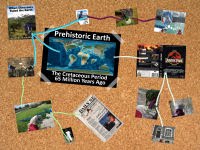


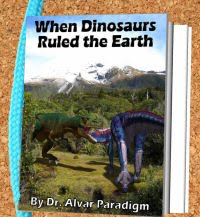


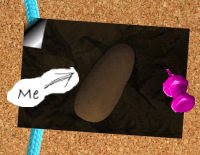
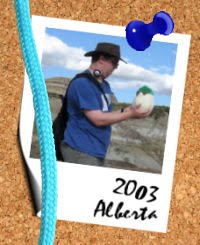




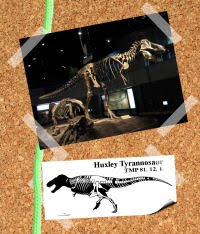








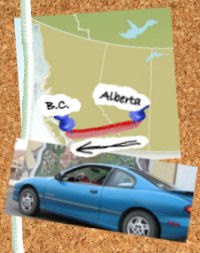


















1 comment:
I love sunsets, sunrises .... they are so beautiful!
Post a Comment